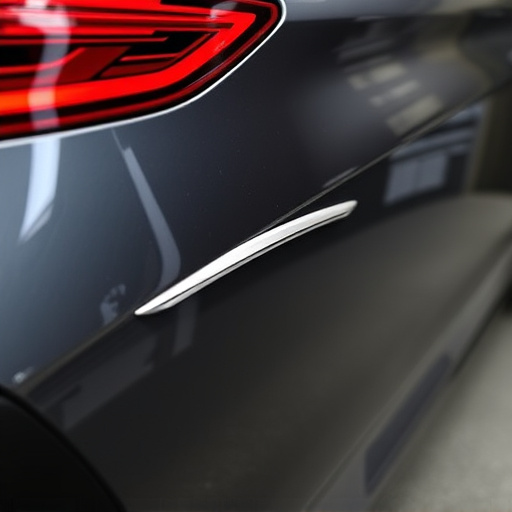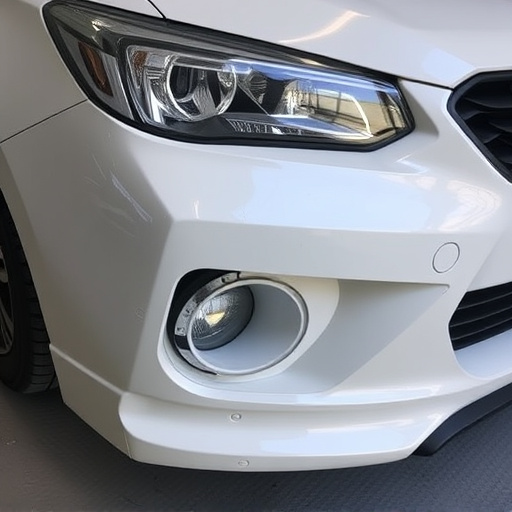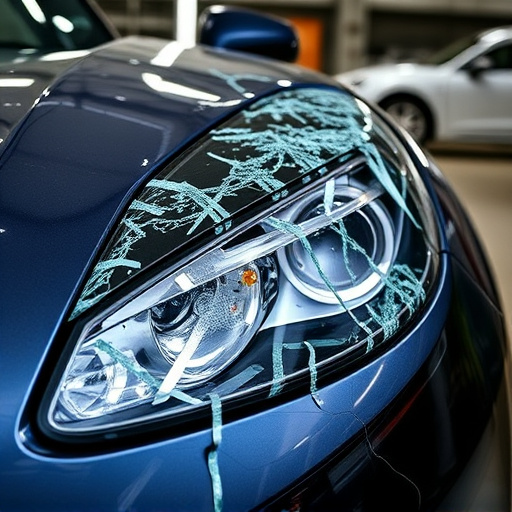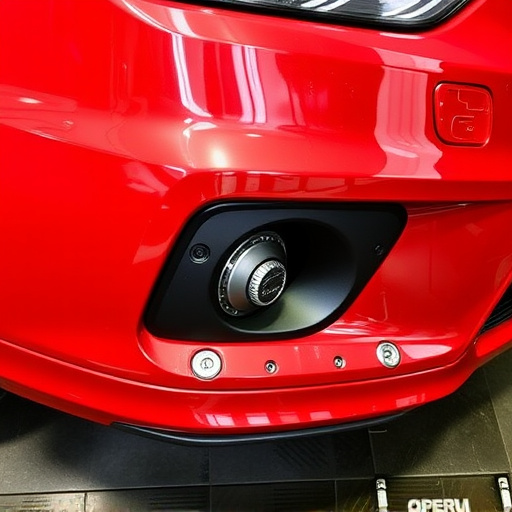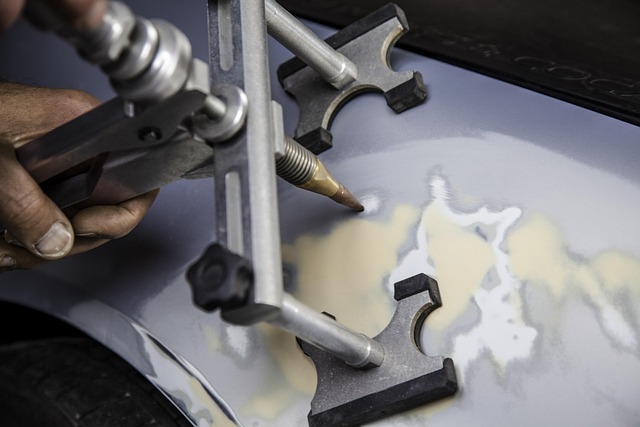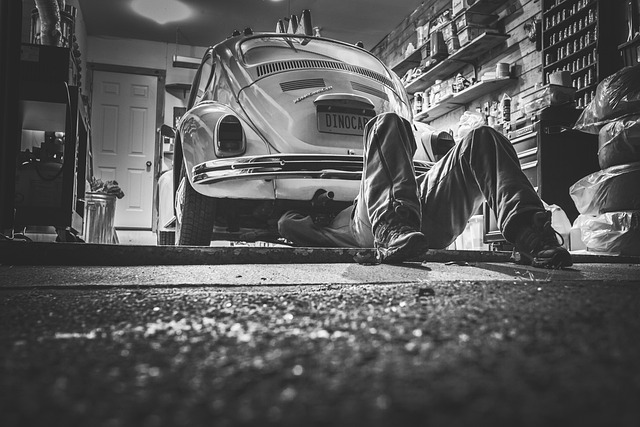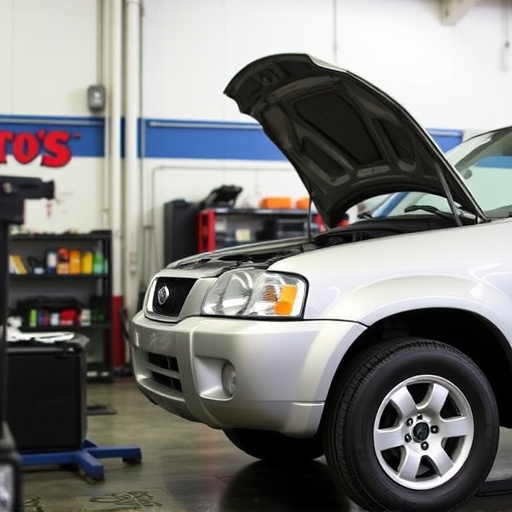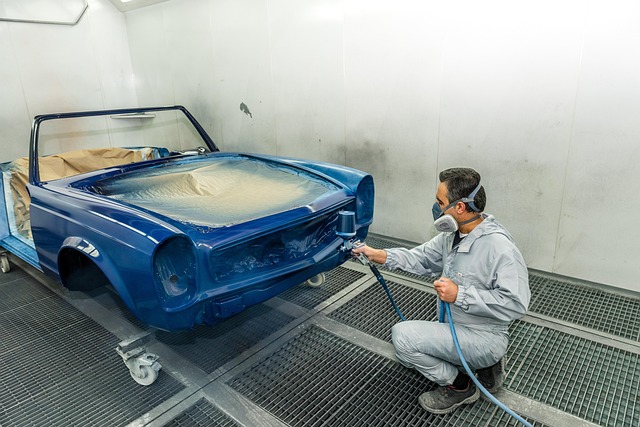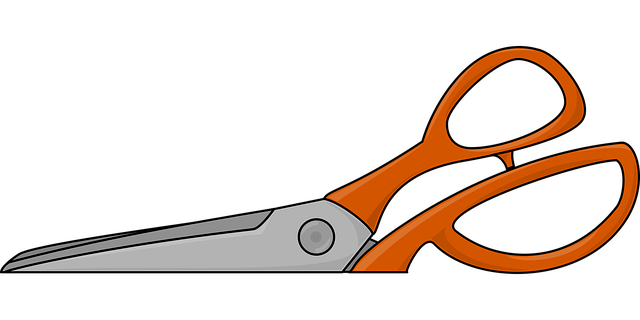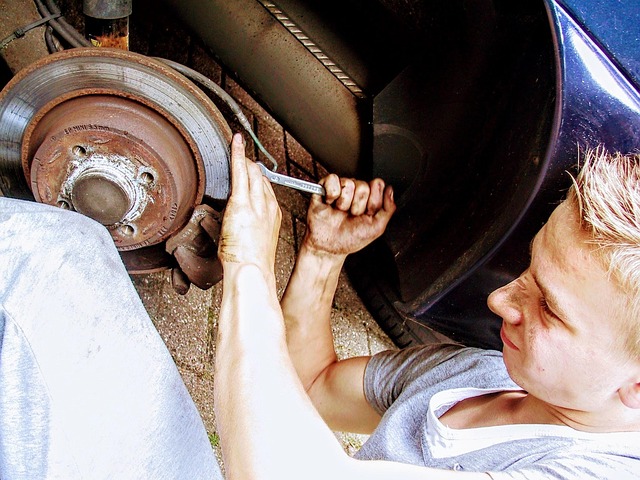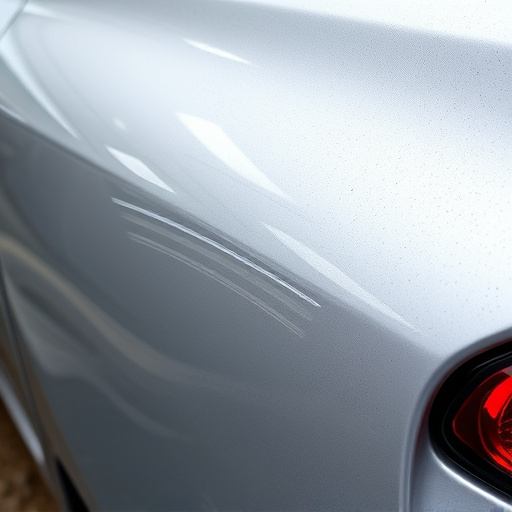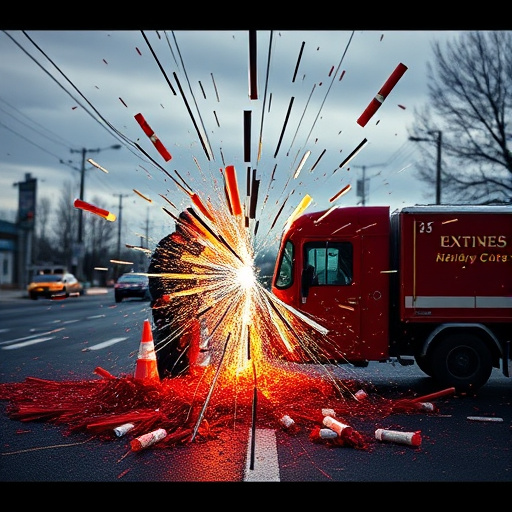Sectioning procedures are essential for vehicle restoration, preserving structural integrity by cutting and separating car body components accurately. Advanced tools and expert technicians minimize waste and enable cars to be restored to pre-accident condition, safeguarding against future failures. This modular approach enhances safety, durability, accessibility, and cost-effectiveness in collision centers, with strategic design facilitating efficient repair of intricate systems like those in Mercedes Benz vehicles.
Sectioning procedures play a pivotal role in preserving the structural integrity of vehicles, ensuring safety and durability. This meticulous process involves carefully disassembling and reassembling vehicle components, maintaining their original strength and function. From understanding the fundamental principles behind sectional design to exploring advanced techniques in disassembly and assembly, this article delves into how these procedures safeguard the vehicle’s structural integrity, enhancing overall performance and reliability.
- Understanding Sectioning Procedures' Role in Vehicle Structure Preservation
- Key Components: How Sectional Design Maintains Strength and Safety
- Advanced Techniques: Ensuring Structural Integrity During Disassembly and Assembly
Understanding Sectioning Procedures' Role in Vehicle Structure Preservation

The process of sectioning procedures plays a pivotal role in preserving the structural integrity of vehicles, especially when they’ve suffered damage. This meticulous technique involves carefully cutting and separating specific components of a car’s body, enabling repairs that restore its original strength and stability. By employing advanced tools and techniques, experienced technicians in car repair shops or dent repair centers can accurately section damaged areas while minimizing material loss.
Sectioning allows for the replacement of damaged parts without compromising the overall structure. It is particularly crucial in complex vehicle designs where removing and replacing a single component requires precise knowledge and skill. Effective sectioning procedures not only ensure that cars are restored to their pre-accident condition but also safeguard against future structural failures, making it an indispensable step in any car body shop’s repair process.
Key Components: How Sectional Design Maintains Strength and Safety

The structural integrity of a vehicle is paramount for both safety and durability. Sectioning procedures play a pivotal role in preserving this integrity through a strategic approach to design and repair. At the heart of this process lies the sectional design, which breaks down the vehicle into distinct sections or modules, each engineered to withstand specific forces and stresses.
This modularity ensures that even if one section experiences damage, like a car dent repair, it doesn’t compromise the overall structural integrity. The interconnectedness of these sections allows for efficient replacement and repair at a collision repair center, making automotive repair services more accessible and cost-effective. This innovative approach not only speeds up the repair process but also guarantees that the vehicle retains its original strength and safety standards.
Advanced Techniques: Ensuring Structural Integrity During Disassembly and Assembly

In the realm of automotive repair and restoration, advanced techniques play a pivotal role in ensuring structural integrity during disassembly and assembly. These cutting-edge methods are especially crucial for intricate tasks like mercedes benz repair, where precision is paramount. By employing sophisticated tools and strategies, technicians can navigate the delicate balance between separating components to assess damage and reassembling them with unwavering accuracy, preserving the original structure and performance of the vehicle.
This meticulous approach, often integrated into car restoration processes, involves carefully planned sectioning procedures. These techniques enable thorough inspection and repair of even the most complex vehicle systems. Whether dealing with a minor fender bender or a major accident, ensuring structural integrity is paramount for safe and reliable operation post-repair. Effective vehicle collision repair practices hinge on these advanced disassembly and assembly processes, ultimately contributing to the longevity and safety of vehicles.
Sectioning procedures play a vital role in preserving the structural integrity of vehicles, ensuring their safety and strength. By understanding how these processes maintain the key components of sectional design, we can appreciate the advanced techniques employed during disassembly and assembly. This comprehensive approach guarantees that vehicles remain robust and secure, enhancing overall performance and passenger confidence alike.
